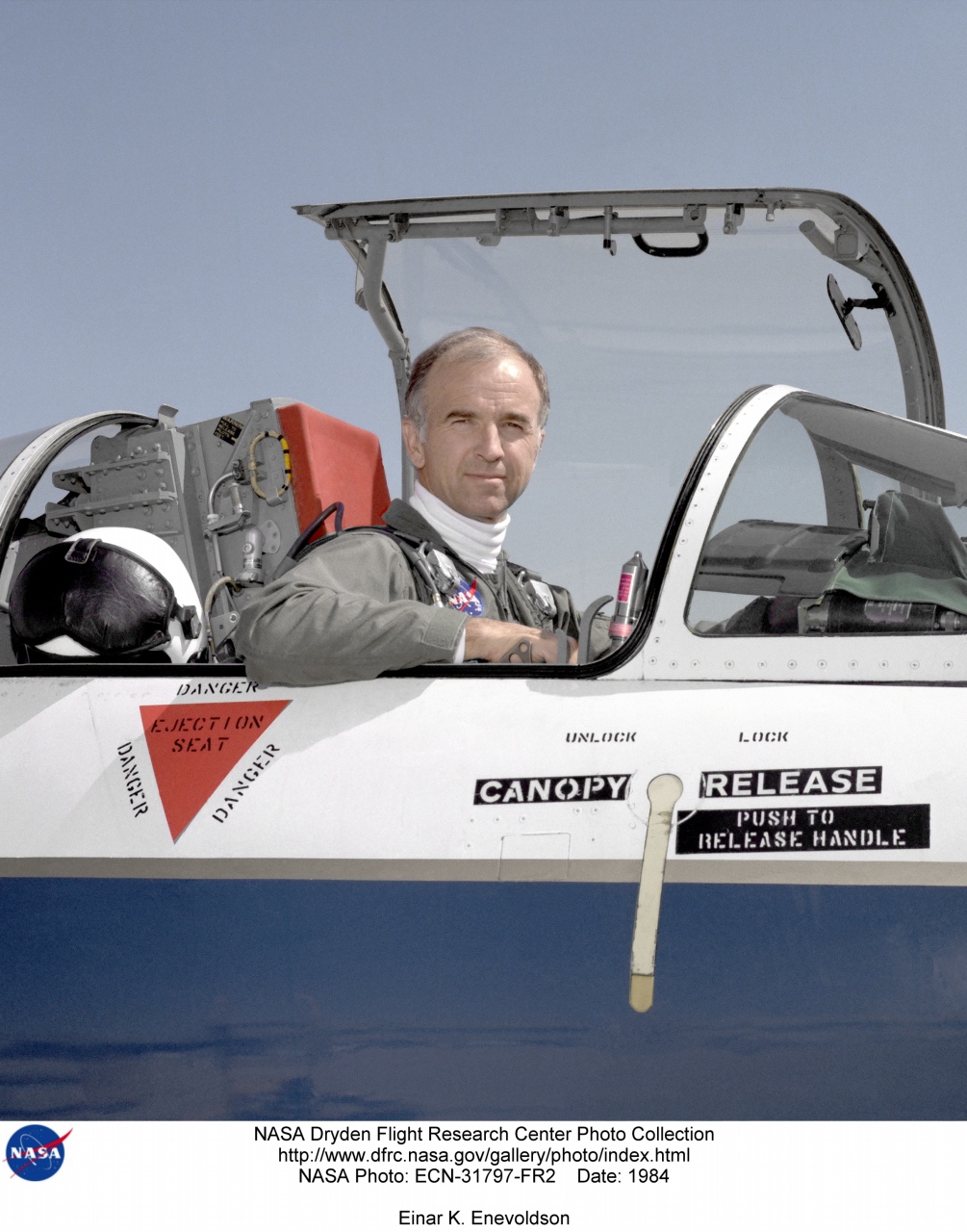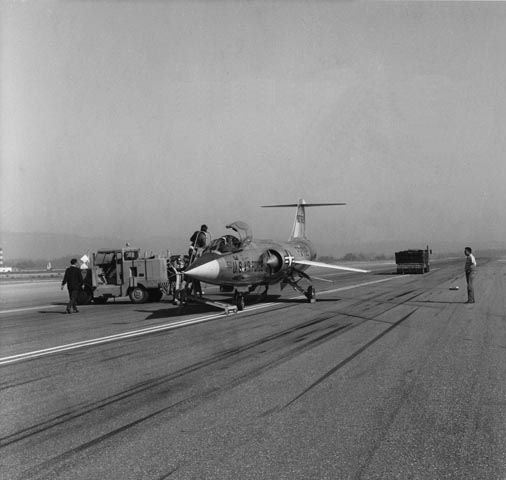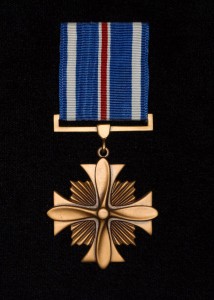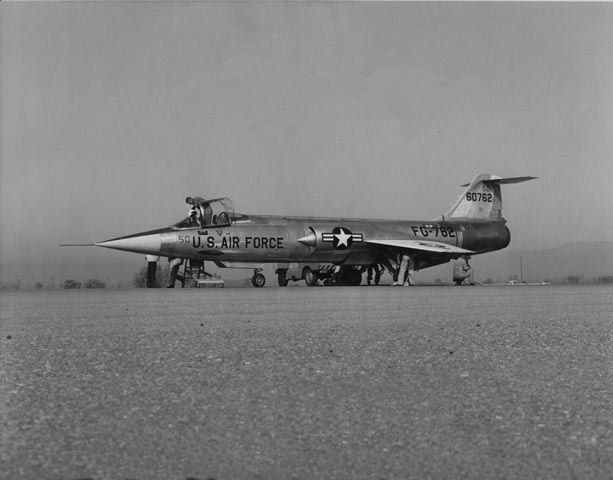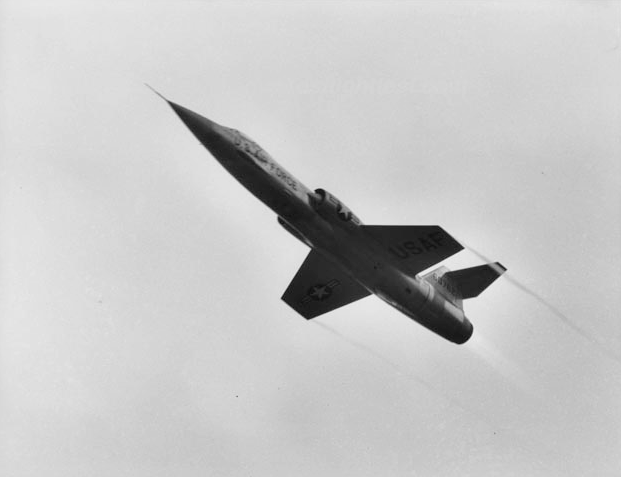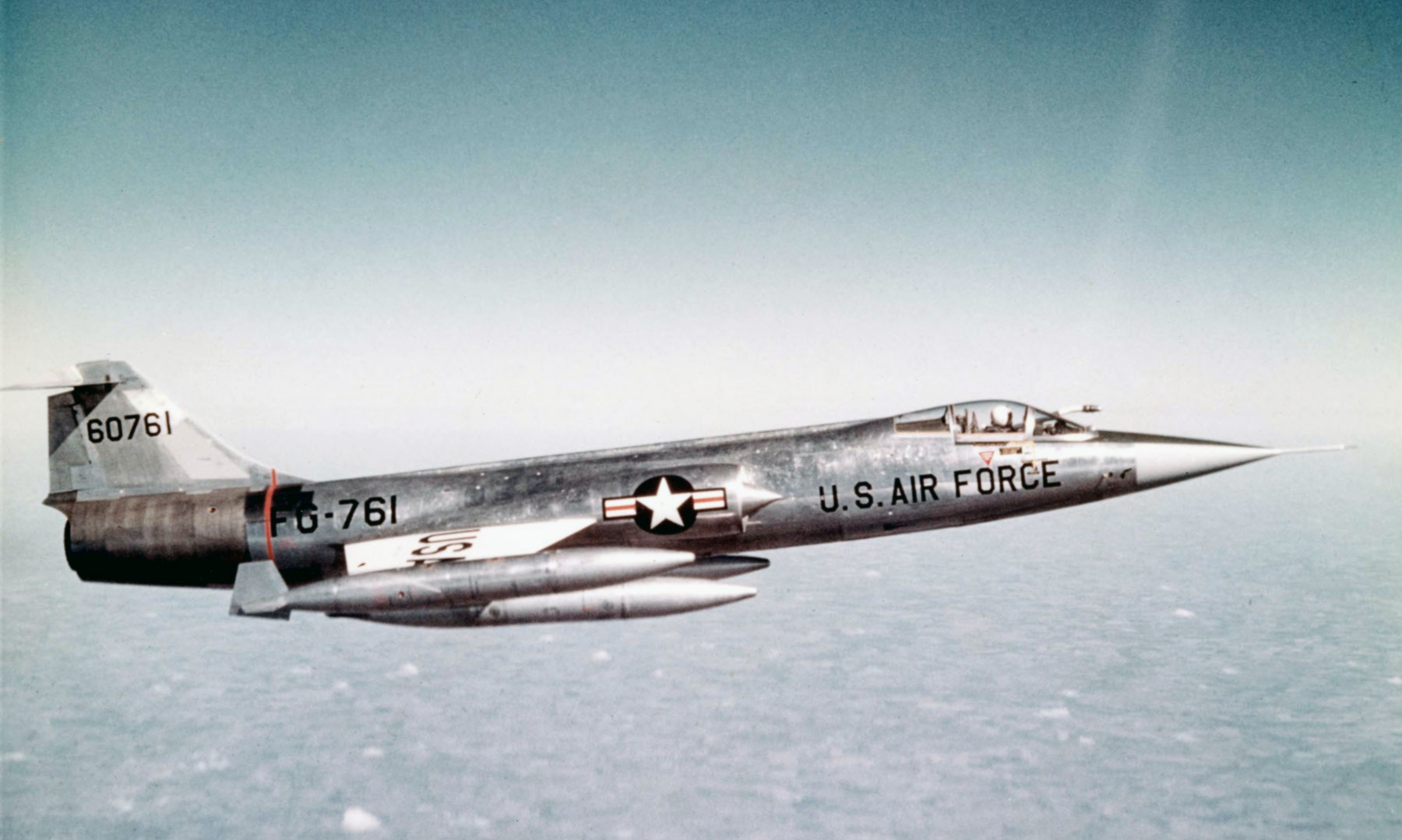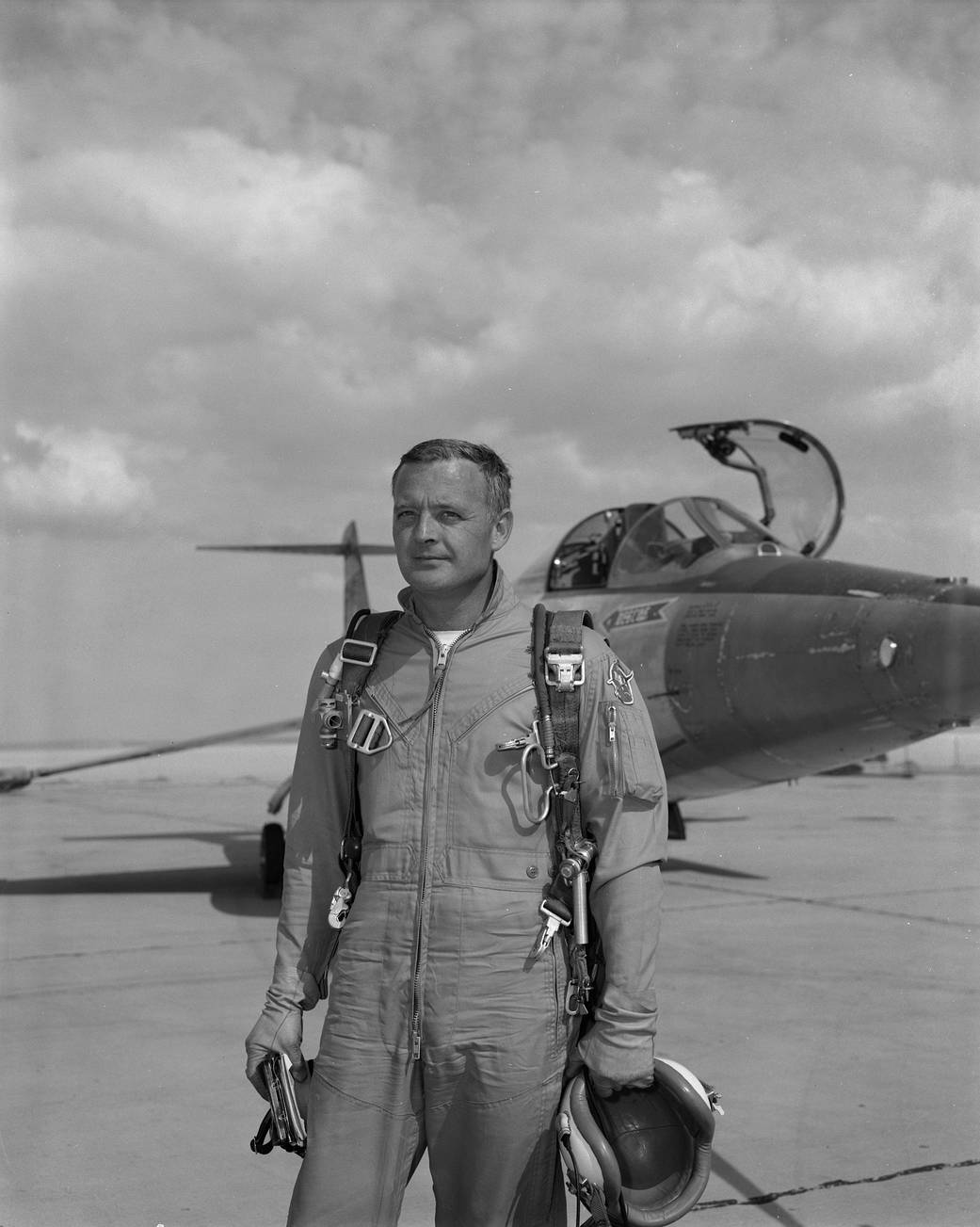
20 December 1962: Milton Orville Thompson, a NASA test pilot assigned to the X-15 hypersonic research program, was conducting a weather check along the X-15’s planned flight path from Mud Lake, Nevada, to Edwards Air Force Base in California, scheduled for later in the day. Thompson was flying a Lockheed F-104A-10-LO Starfighter, Air Force serial number 56-749, call sign NASA 749.
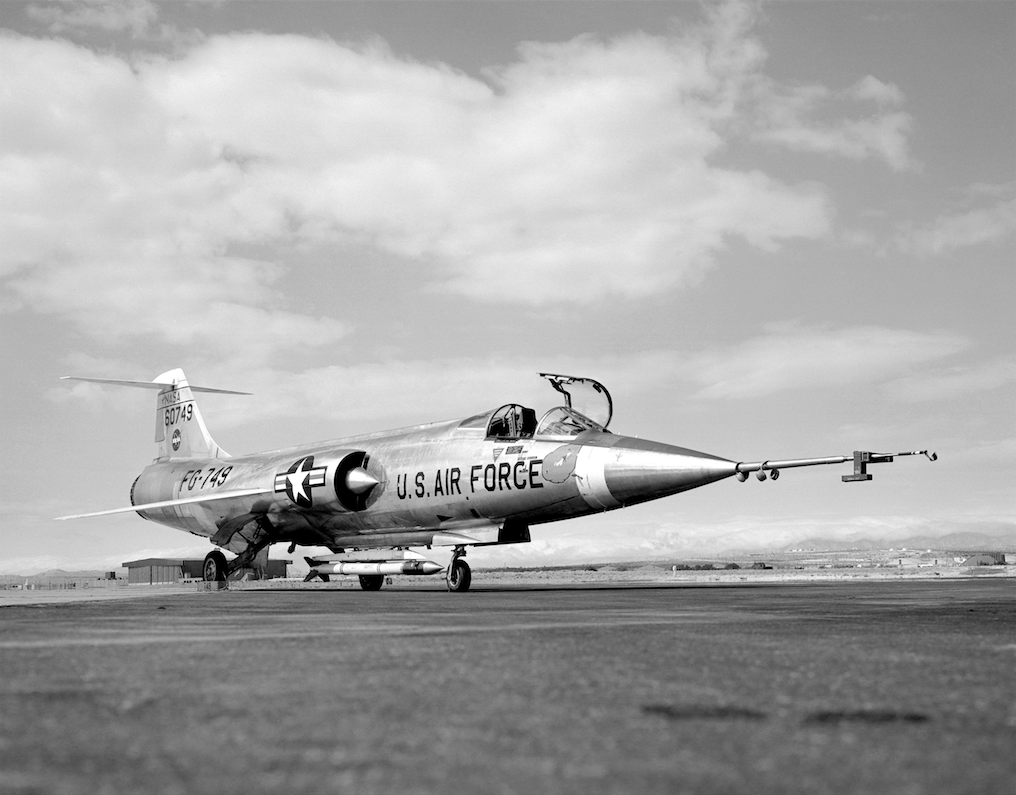
In his autobiography, At the Edge of Space, Thompson described the day:
“The morning of my weather flight was a classic desert winter morning. It was cold, freezing in fact, but the sky was crystal clear and there was not a hint of a breeze—a beautiful morning for a flight.”
Completing the weather reconnaissance mission, and with fuel remaining in the Starfighter’s tanks, Milt Thompson began practicing simulated X-15 approaches to the dry lake bed.
X-15 pilots used the F-104 to practice landing approaches. The two aircraft were almost the same size, and with speed brakes extended and the flaps lowered, an F-104 had almost the same lift-over-drag ratio as the X-15 in subsonic flight. Thompson’s first approach went fine and he climbed back to altitude for another practice landing.
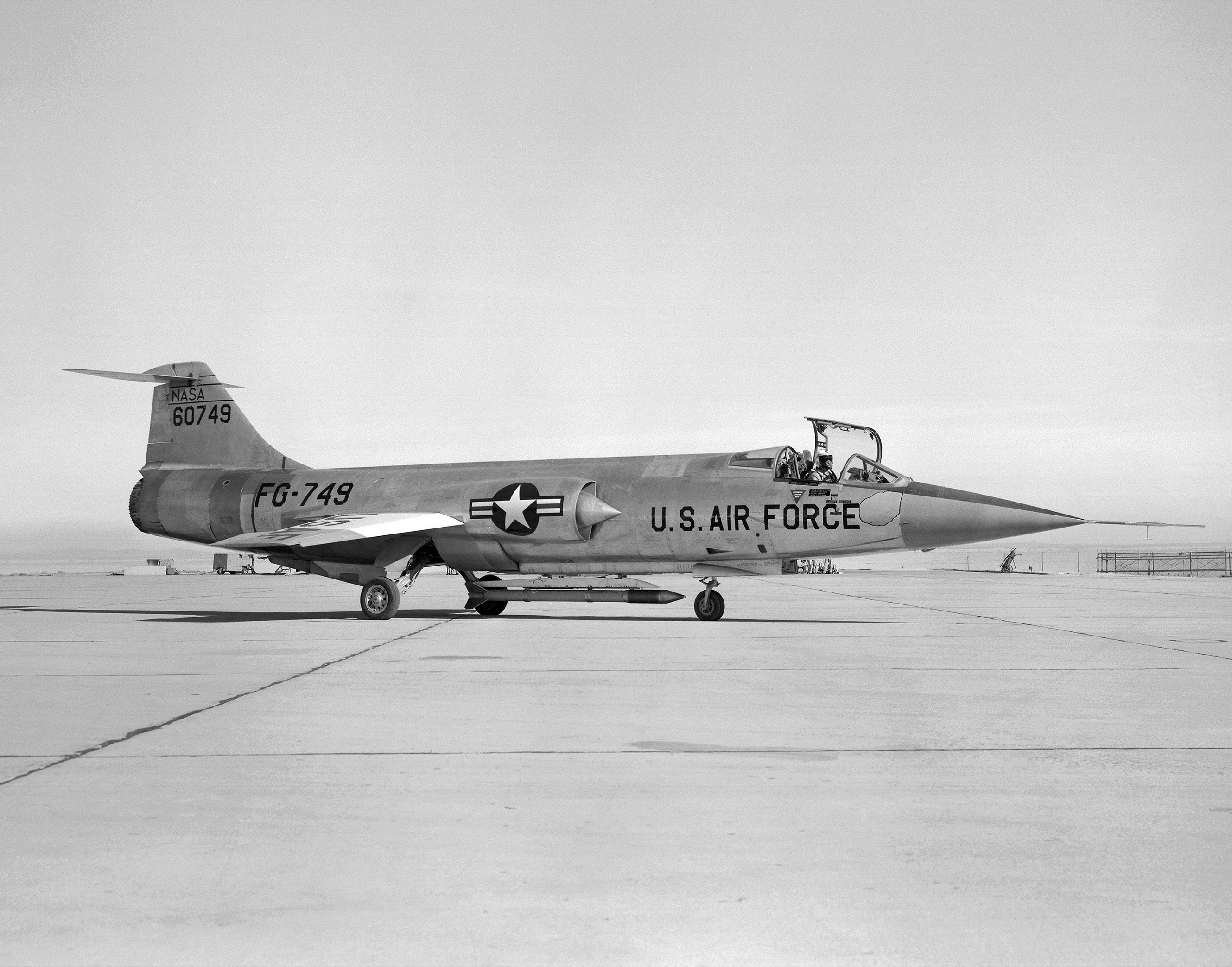
When Milt Thompson extended the F-104’s flaps for the second simulated X-15 approach, he was at the “high key”— over Rogers Dry Lake at 35,000 feet (10,668 meters) — and supersonic. As he extended the speed brakes and lowered the flaps, NASA 749 began to roll to the left. With full aileron and rudder input, he was unable to stop the roll. Adding throttle to increase the airplane’s airspeed, he was just able to stop the roll with full opposite aileron.
Thompson found that he could maintain control as long as he stayed above 350 knots (402 miles per hour/648 kilometers per hour) but that was far too high a speed to land the airplane. He experimented with different control positions and throttle settings. He recycled the brake and flaps switches to see if he could get a response, but there was no change. He could see that the leading edge flaps were up and locked, but was unable to determine the position of the trailing edge flaps. He came to the conclusion that the trailing edge flaps were lowered to different angles.
Thompson called Joe Walker, NASA’s chief test pilot, on the radio and explained the situation:
I told him the symptoms of my problem and he decided that I had a split trailing edge flap situation with one down and one up.
He suggested I recycle the flap lever to the up position to attempt to get both flaps up and locked. I had already tried that, but I gave it another try. Joe asked if I had cycled the flap lever from the up to the takeoff position and then back again. I said no. I had only cycled the flap lever from the up position to a position just below it and then back to the up position. Joe suggested we try it his way. I moved the flap lever from the up position all the way to the takeoff position and then back to the up position. As soon as I moved the lever to the takeoff position, I knew I had done the wrong thing.
The airplane started rolling again, but this time I could not stop it. The roll rate quickly built up to the point that I was almost doing snap rolls. Simultaneously, the nose of the airplane started down. I was soon doing vertical rolls as the airspeed began rapidly increasing. I knew I had to get out quick because I did not want to eject supersonic and I was already passing through 0.9 Mach. I let go of the stick and reached for the ejection handle. I bent my head forward to see the handle and then I pulled it. Things were a blur from that point on.
—At the Edge of Space: The X-15 Flight Program, by Milton O. Thompson, Smithsonian Institution Press, Washington and London, 1992. Chapter 5 at Pages 119–120.
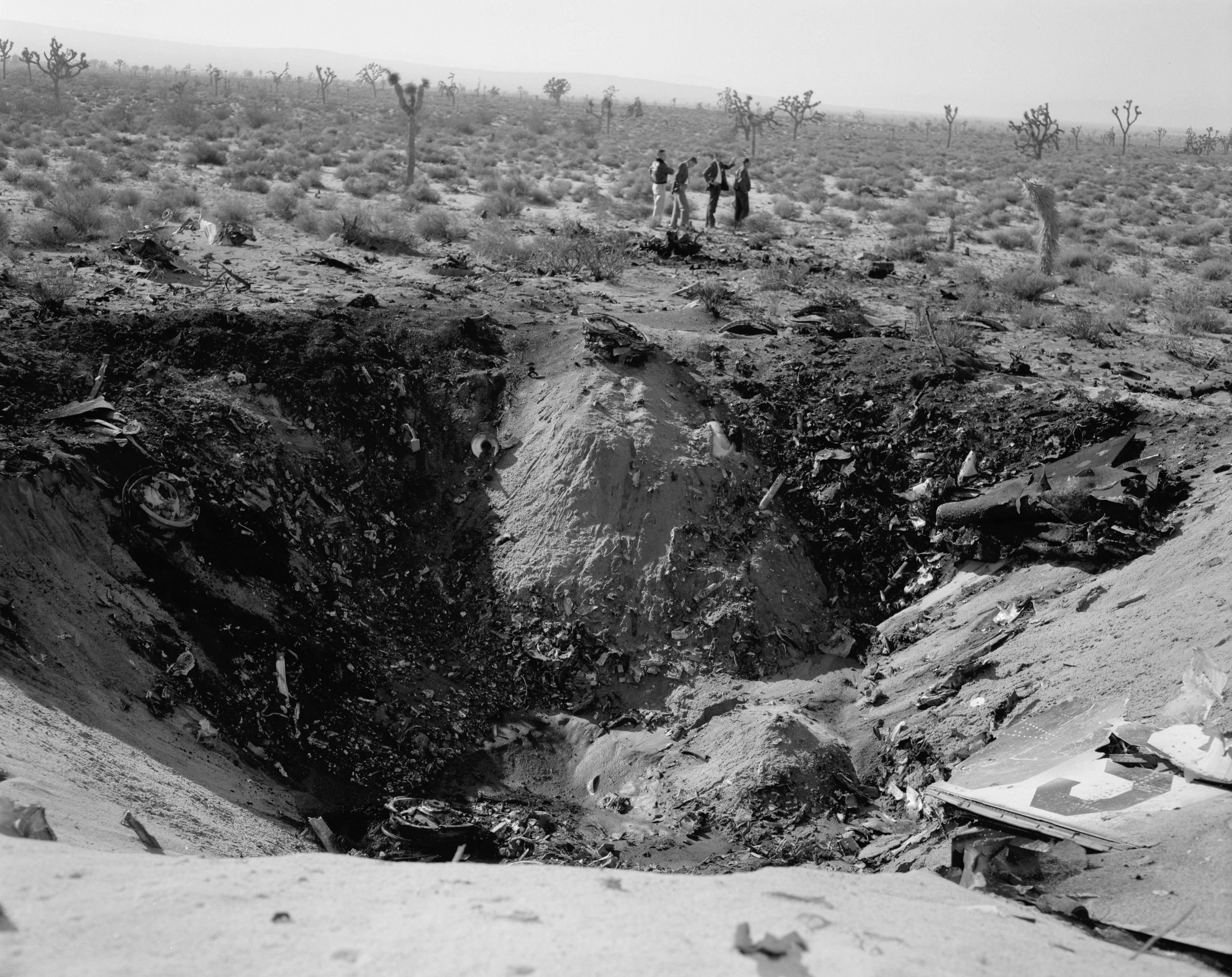
As Thompson descended by parachute he watched the F-104 hit the ground and explode in the bombing range on the east side of Rogers Dry Lake. He wrote, “It was only 7:30 a.m. and still a beautiful morning.”
© 2018, Bryan R. Swopes
